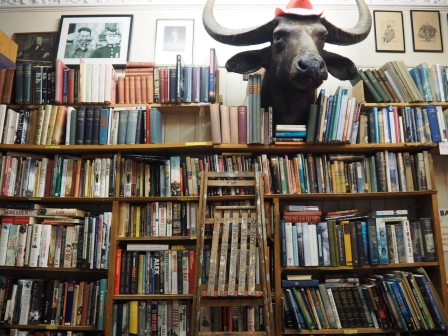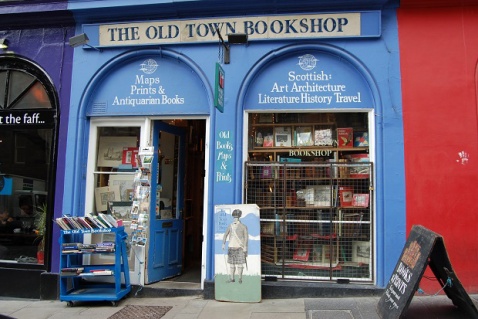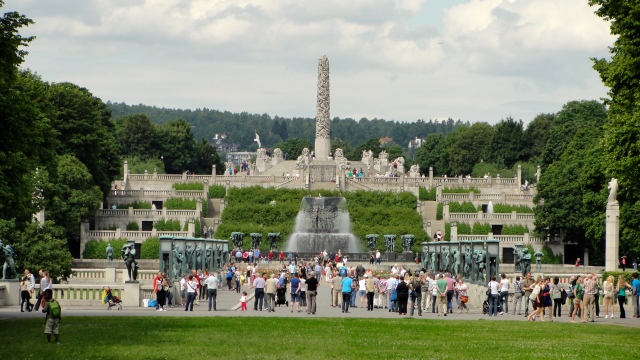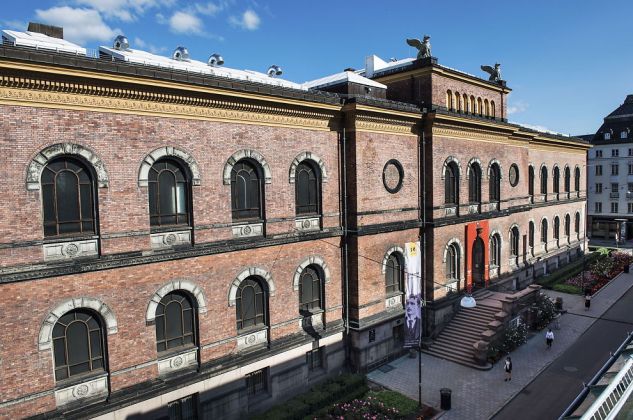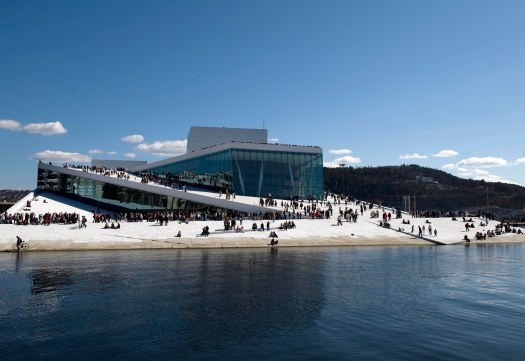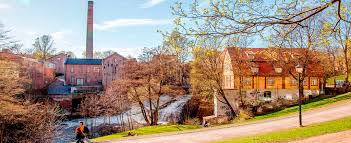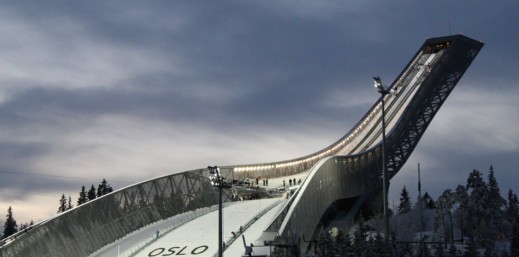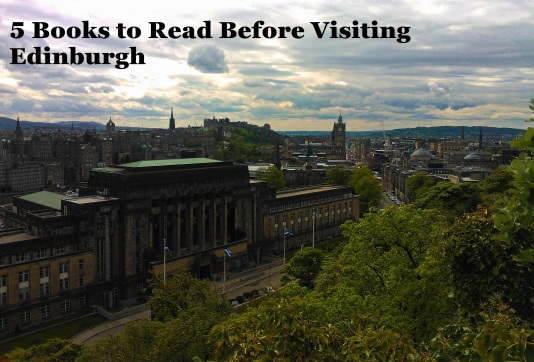The capital of Iceland has many things to offer, and is the natural starting point for many visitors to the country. From cultural institutions to vintage shops, here is my list the top of 5 things to see and do in the Icelandic capital:
Hallgrímskirkja
This church is the tallest building in Iceland, with a tower that stands 73 meters tall. It’s pretty impressive, and almost impossible to photograph. We tried several times, but we eventually managed to capture both myself and the top of the tower by standing by the Leif Erikson statue (which predates the church). For 900 ISK you can access the top of the tower by lift, which gives spectacular panoramic views of Reykjavik.
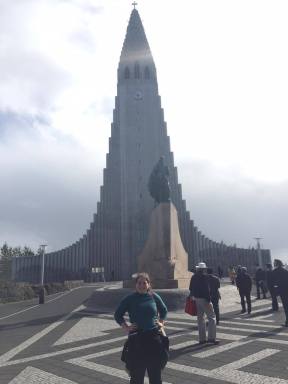
Hallgrimskirkja and statue of Leif Erikson. Image: Michelle Mackie
Harpa Concert Hall
Harpa Concert Hall opened its doors in 2011, and is placed right on the waterfront. It has won awards for its architecture, and it is worth seeing, if only for the windows. While we didn’t see any performances while we were there, the “How to Become Icelandic in 60 Minutes” comedy show looked delightful, and is a staple act at the Harpa.
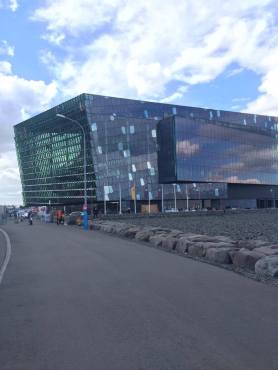
Harpa Concert Hall viewed from the side. Image: Michelle Mackie
Sólfarið – The Sun Voyager
While you’re down by the Harpa, why not walk along to the The Sun Voyager, a sculptured dreamboat whose position offers a great view of the harbour area and Mount Esja. Designed by Jón Gunnar Árnason, it is an impressive sculpture which resembles a viking boat, but is, infact, an ode to the sun. It is said to represent hope, discovery, freedom, dreams and forward progress.

The Sun Voyager. Image: Michelle Mackie
Lucky Records and 12 Tónar
105, Rauðarárstígur 10, Reykjavík, Iceland; Skólavörðustígur 15, 101 Reykjavík, Iceland.
Reykjavik has a great scene for music and record shops. Lucky Records and 12 Tónar are perhaps the best in the city, each with their individual vibe and speciality. While Lucky Records is the largest record shop in Iceland, 12 Tónar has been featured on The Guardian, and has its own independent record label. Icelandic musicians like Björk and Sigur Rós are, apparently, fans of the shop. Both shops sometimes host small concerts, and 12 Tónar will offer you a free espresso to accompany you while you peruse their two floors.
12 Tonar (top, Tripadvisor), and two interior shots of Lucky Records (Michelle Mackie)
Spúútnik Fatamarkadur – Vintage Clothes Shopping
Laugavegur 118, Reykjavík, Iceland.
We came across this shop almost by accident, and it was a great find. Go down the stairs, and you enter a room full of colourful clothes, hats, shoes, and various accessories. There is a wide range of different styles, and you can spend ages sifting through their various
racks and shelves. There is even a room at the back of the shop dedicated to men’s vintage clothes, and an excellent selection of pre-owned Icelandic jumpers. It is right next to a Red Cross second hand shop, which will give you even better prices than Fatamarkaðurinn. It is also right down the road from The Icelandic Phallological Museum, if a visit to that should take your fancy.

View going into the vintage shop. Image: The Reykjavik Grapevine












